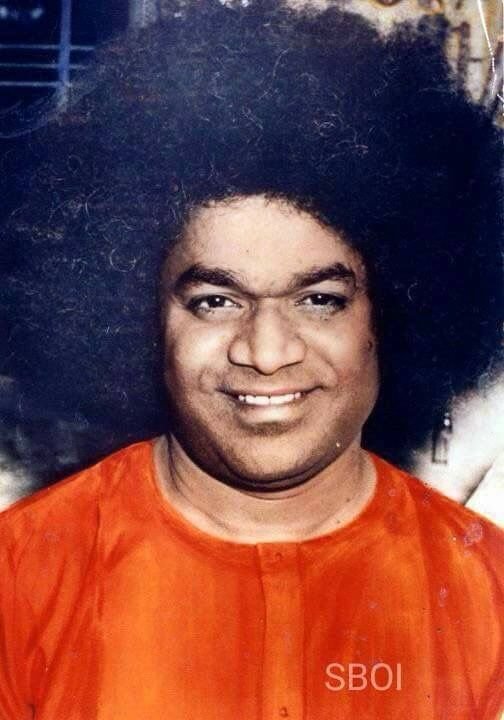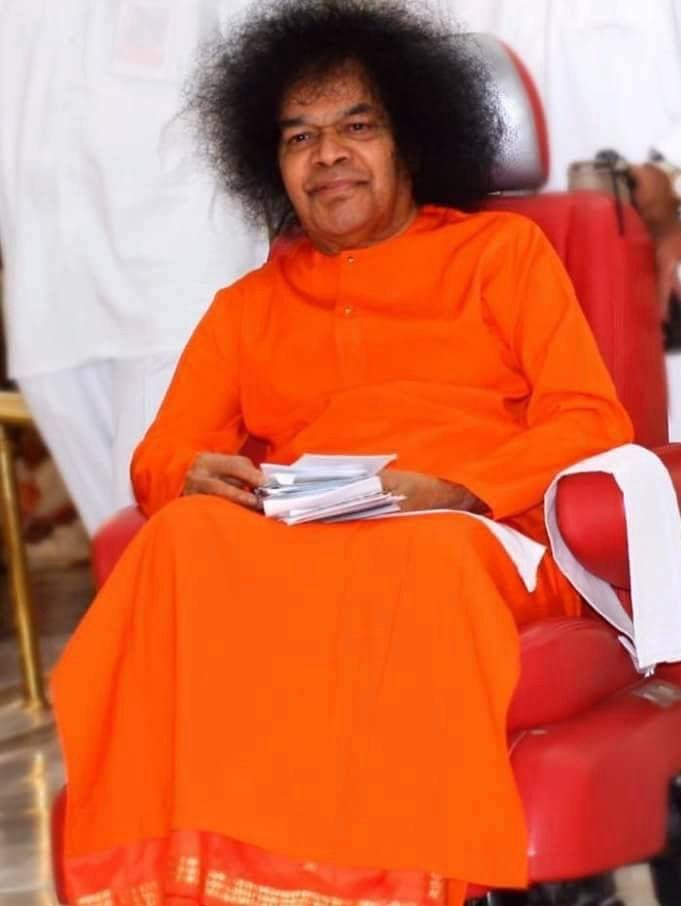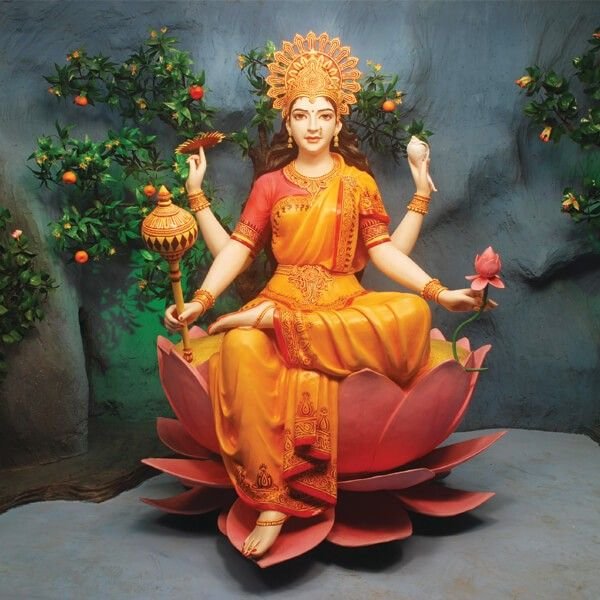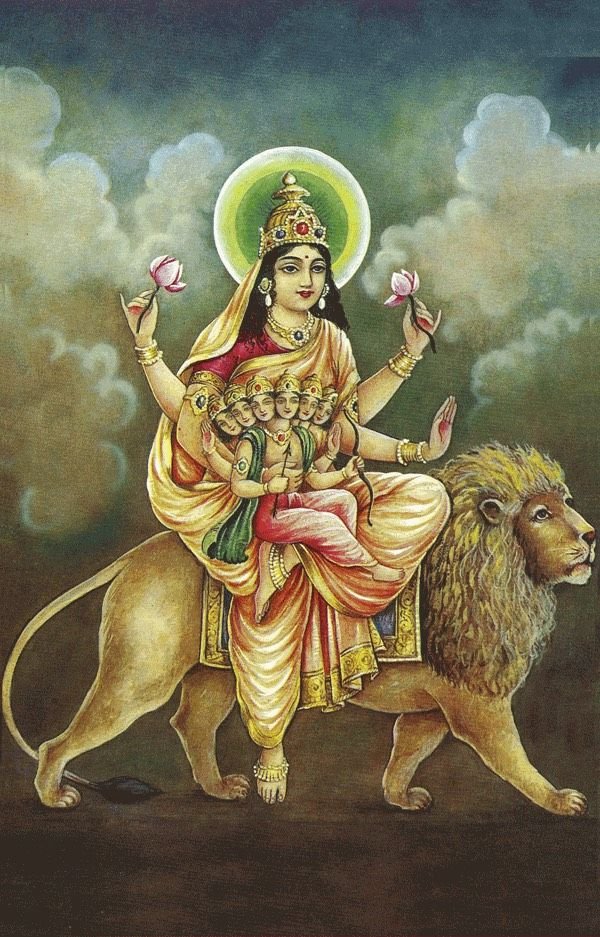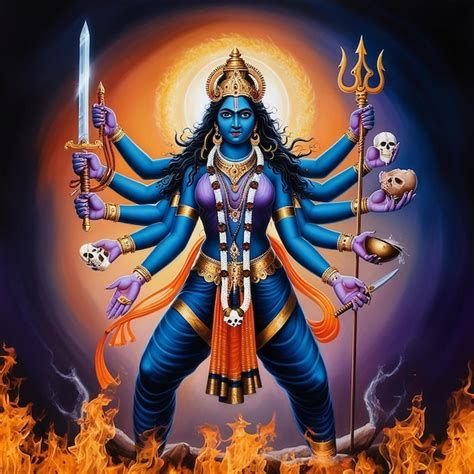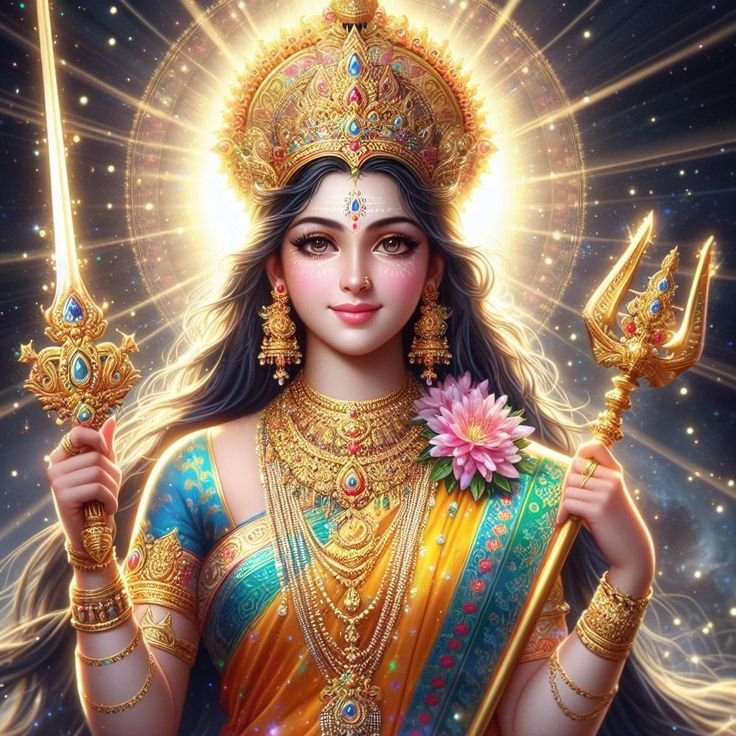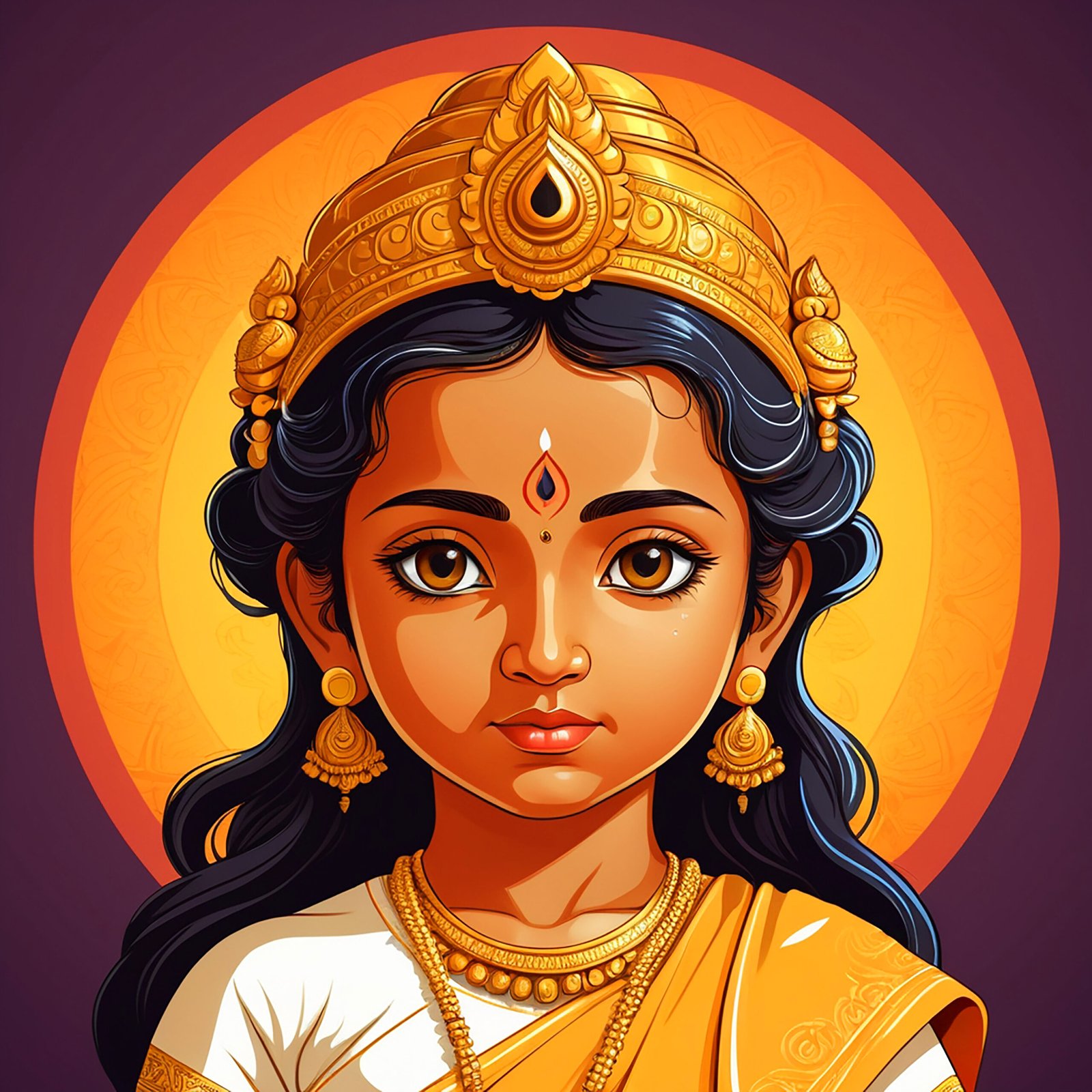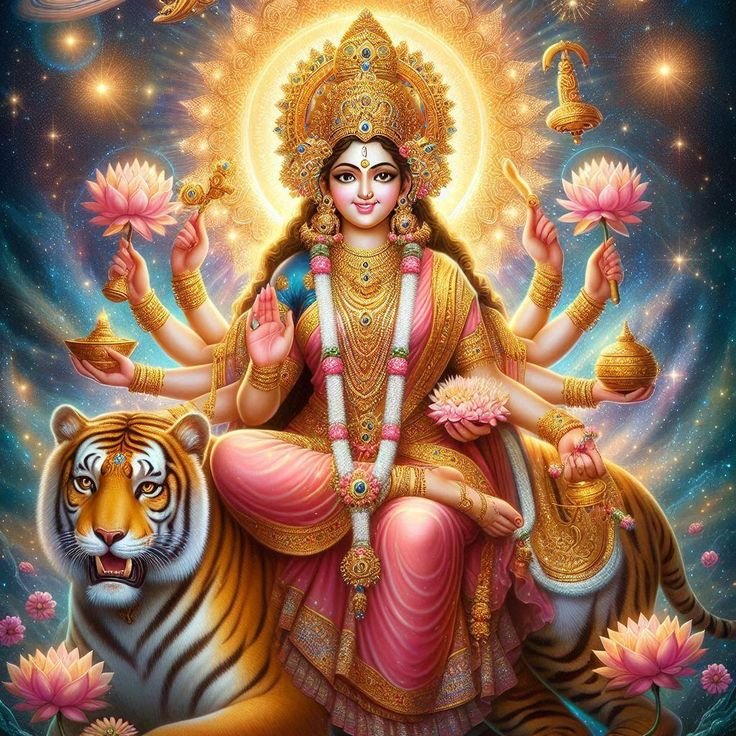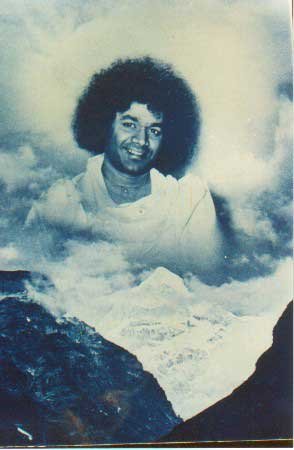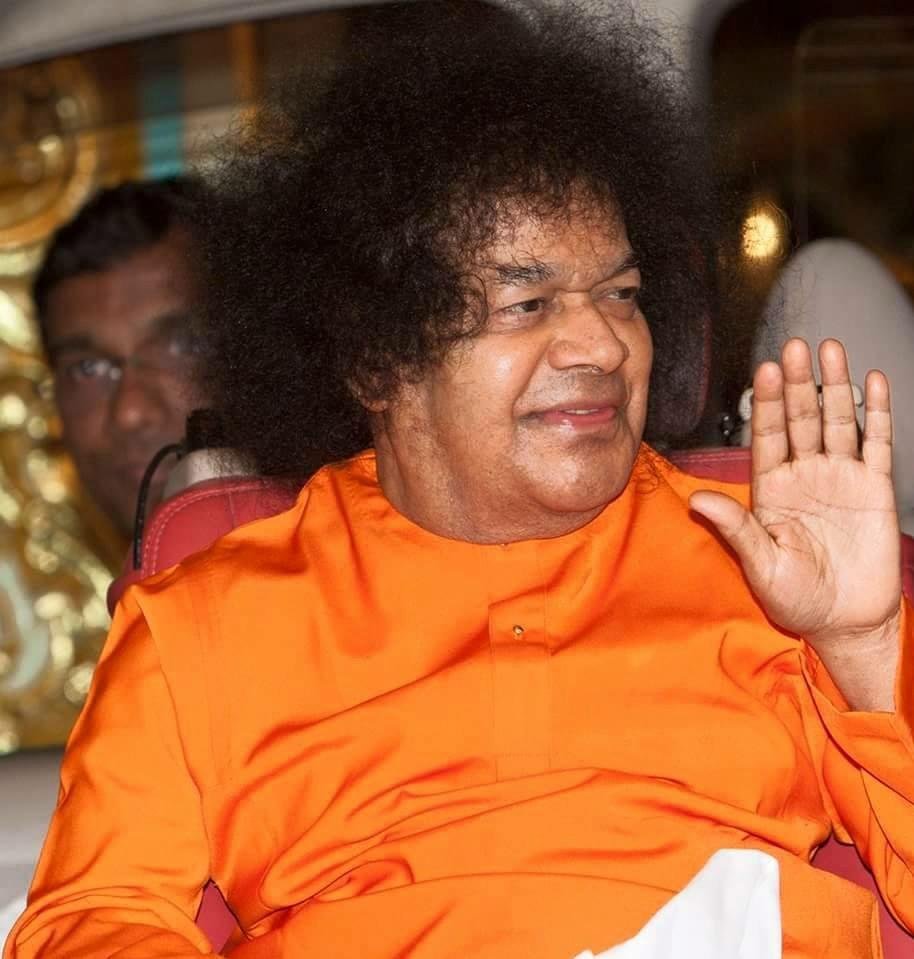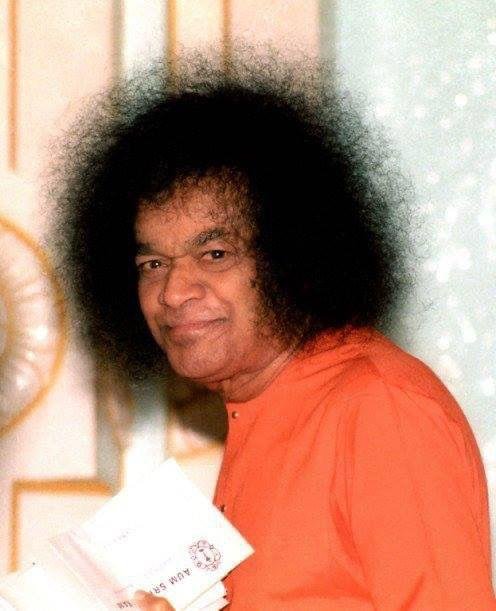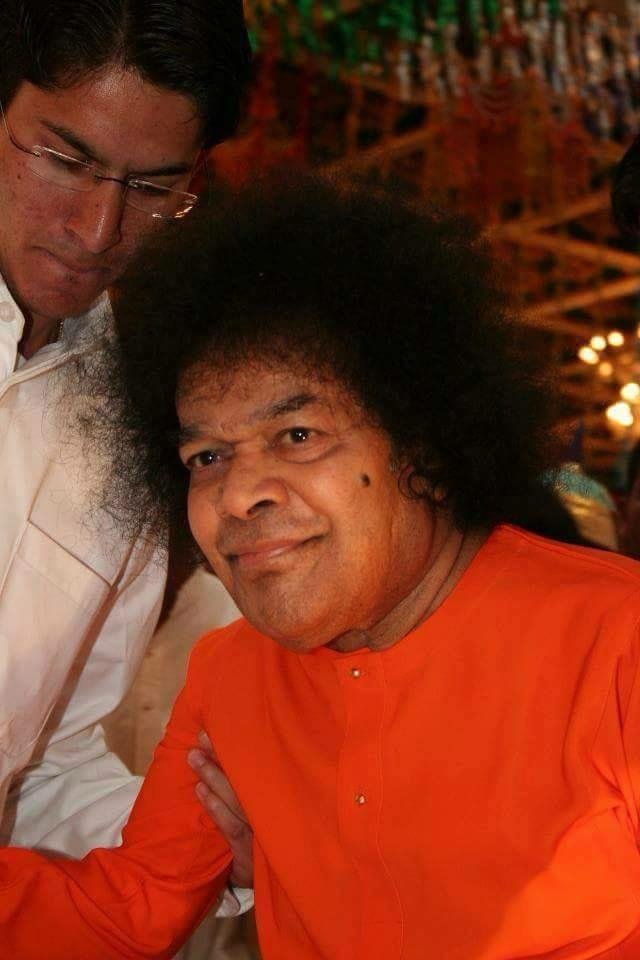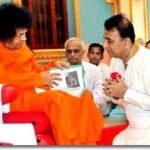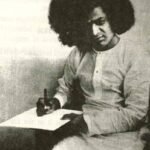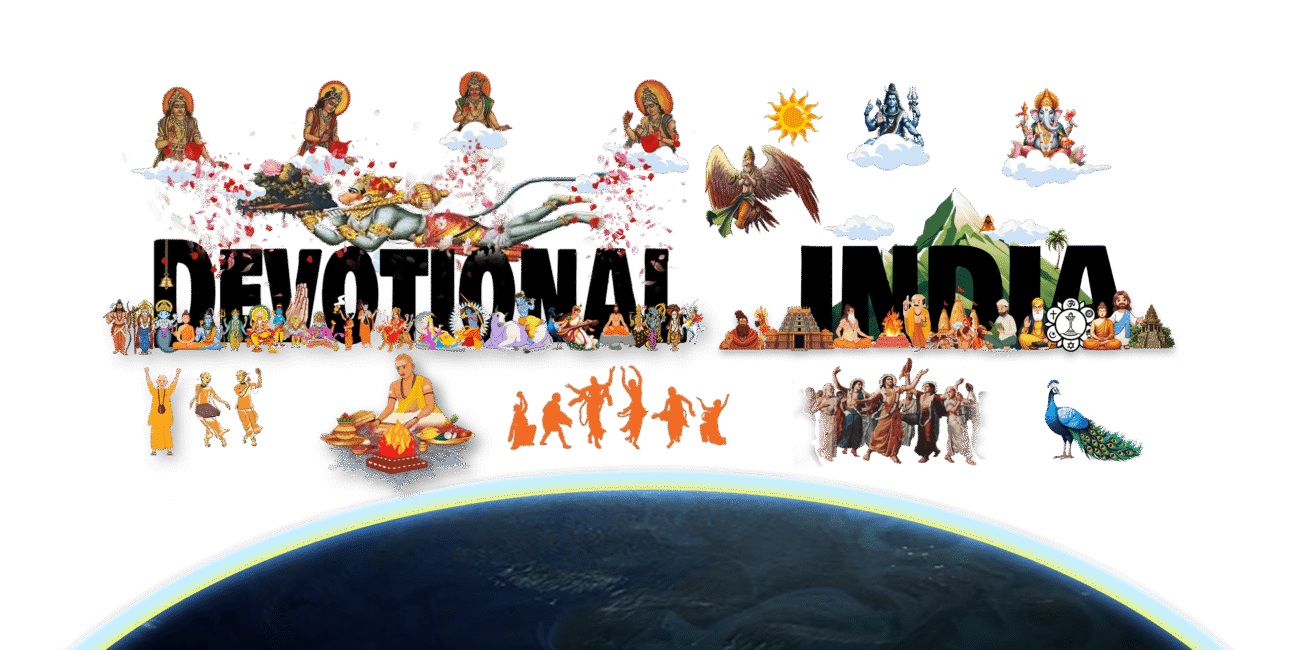Adi Shankaracharya Anaatma Shree Vigrahanaamann Book
Anaatma Shree Vigrahanaamann
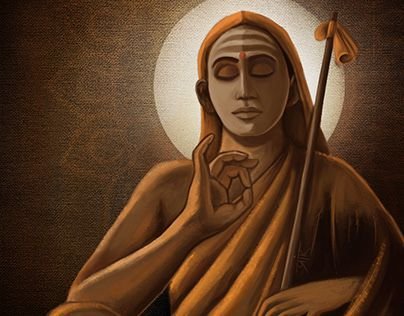
“Anaatma Shree Vigrahanaamann” can be understood as the juxtaposition of two seemingly contradictory concepts—Anaatma (non-self or not-self) and Shree Vigraha (sacred form or divine idol). This phrase reflects deep philosophical and spiritual insights found in Hindu, Jain, and Buddhist traditions, where the idea of self, identity, form, and divinity are questioned and redefined.
Anaatma – The Concept of Non-Self
The term Anaatma originates from Sanskrit: “An” meaning not, and “Atma” meaning self or soul. It is a fundamental concept in Buddhism and Advaita Vedanta philosophy, which teaches that what we commonly regard as “self”—our body, mind, thoughts, and ego—is not our true essence. According to these traditions, clinging to the idea of a permanent, individual self is the root cause of suffering (dukkha).
In Buddhism, the doctrine of Anatta (Pali form of Anaatma) teaches that there is no unchanging, eternal soul. Everything is impermanent, including consciousness. In Vedanta, the concept evolves to say that the true Self (Atman) is not the ego or individual personality but is identical with Brahman, the infinite, formless, non-dual reality. What we call “self” is actually a misidentification with form and thought.
Shree Vigraha – The Sacred Form
On the other side, Shree Vigraha refers to the divine form or idol used in worship, especially in Hinduism. “Shree” is an honorific denoting auspiciousness and divine presence, and “Vigraha” means form, figure, or embodiment. These idols are not merely artistic representations; they are considered manifestations of the divine. Through rituals like prana pratishta, the form is believed to be infused with the divine presence, making it worthy of worship.
Vigrahas act as mediums for the devotee to connect with the formless divine. They serve as symbolic representations of deep metaphysical truths and allow abstract spiritual concepts to become accessible and personal. Even though God is beyond form (nirguna), the form (saguna) is used as a tool for devotion (bhakti).
Reconciling Anaatma and Shree Vigraha
At first glance, Anaatma (no-self, no-form) and Shree Vigraha (divine form) seem to contradict each other. However, within Indian spiritual traditions, this duality is harmonized. The form is used to transcend form. The self is negated to realize the Self.
The sacred form (Vigraha) is not worshiped for its material qualities but as a pointer to the formless reality. Through meditating on the idol, chanting names, and performing rituals, the devotee gradually lets go of ego and self-identification, entering deeper states of consciousness where the illusion of separateness dissolves.
Thus, Anaatma Shree Vigrahanaamann can be seen as a poetic expression of spiritual paradox: using the form to transcend form, using the non-self to realize the true Self. It invites practitioners to go beyond surface identities and connect with the universal essence that is both within and beyond all forms.
















